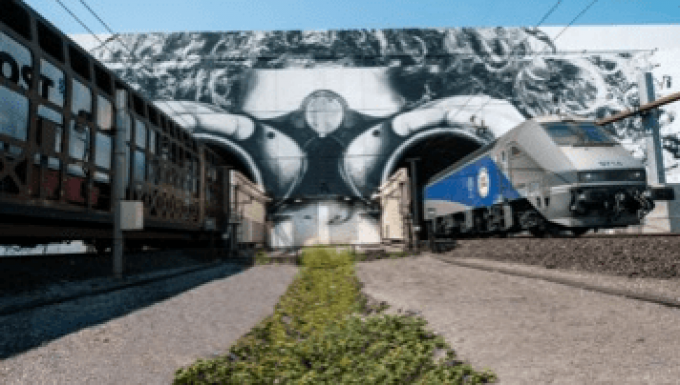Fred Smith – the man who made the impossible, possible
A bright legacy

Autonomous trucks and unaccompanied rail freight operations are being offered as a route out of the haulage crisis, but drivers are warning against ignoring their calls for better treatment.
FedEx kicked off a pilot programme this week, partnering autonomous tech developer Aurora and HGV manufacturer Paccar ...


Comment on this article